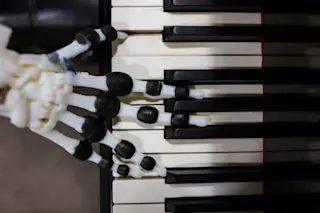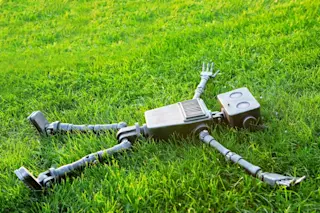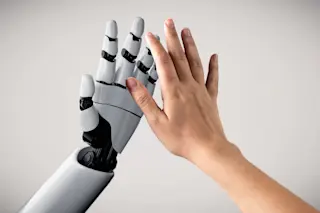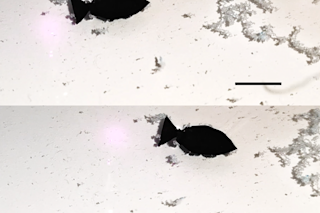Halloween may be behind us, but The Nightmare Before Christmas proved you can combine the spooky holiday with the “Most Wonderful Time of the Year” to get some fabulous music. With that in mind, we present a robot hand, shaped like a human skeleton’s, that can play jingle bells:
Credit: Josie Hughes
To paraphrase a Russian proverb, the marvel is not that the robot skeleton hand plays well, but that the robot skeleton hand plays at all. It’s the latest work from a robotics lab at the University of Cambridge, and it’s more significant than it might at first appear.
The new robot hand, described today in Science Robotics, recreates the most important human structures south of the wrist: bones and ligaments. The thing effectively has joints with adjustable stiffness, resulting in a device that can play various types of musical notes solely through “passive” dynamics — the fingers themselves ...














